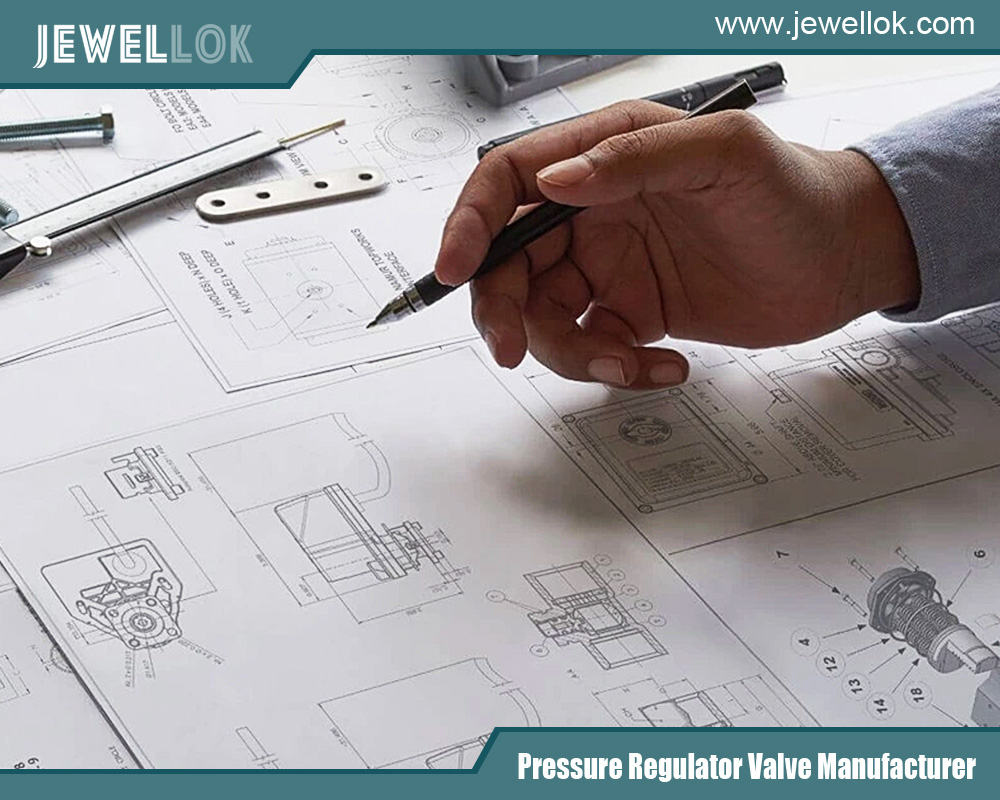Blog
Jewellok is a professional pressure regulator and valve manufacturer and supplier.
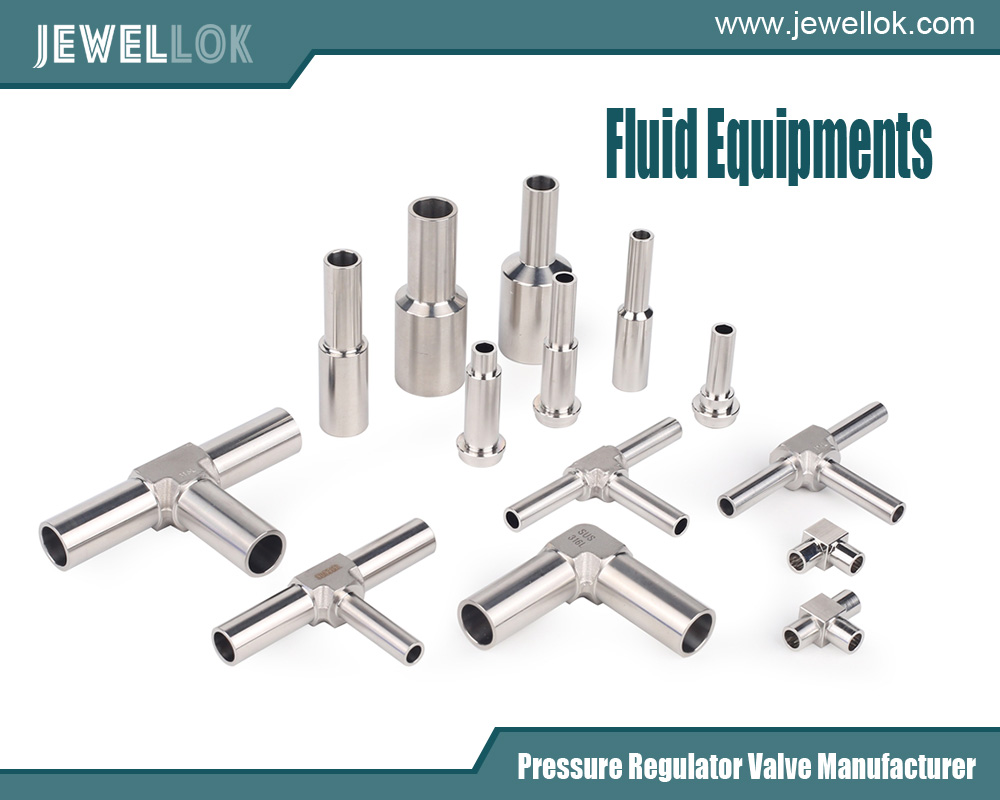
Pressure Relief Valve vs Safety Valve: Understanding Their Differences and Applications
- Pressure Regulator Valve Manufacturer
- 1 2 propane regulator, adjustable hydraulic pressure relief valve, gas cylinder, gas pressure regulator how it works, gas regulator, gas used in semiconductor chip manufacturing, high flow co2 regulator, how a regulator works, how does a gas pressure regulator work, how does a needle valve work, how gas pressure regulator works, how often should pressure relief valves be replaced, how pressure regulator works, hydraulic pressure relief valve adjustment, lab fittings exporter, low pressure gas regulator, pressure regulator, pressure relief valve vs safety relief valve, pressure relief valve vs safety valve, pressure relief valves, pressure relief valves factory, pressure relief valves hotsale, pressure relief valves manufacturer, pressure relief valves supplier, pressure safety valve vs relief valve, propane pressure regulator valve, safety relief valve vs pressure relief valve, safety valve and relief valve, safety valve vs pressure relief valve, solenoid valve working, what is a flame arrestor
- No Comments
Pressure Relief Valve vs Safety Valve: Understanding Their Differences and Applications
Pressure relief valves (PRVs) and safety valves (SVs) are crucial components in various industries that involve pressurized systems, such as oil and gas, chemical manufacturing, power plants, and water treatment facilities. These valves protect equipment and personnel from the dangers associated with overpressure conditions. While they share similar functions of releasing pressure to prevent damage, the way they operate, the type of pressures they are designed to relieve, and their applications can differ significantly.
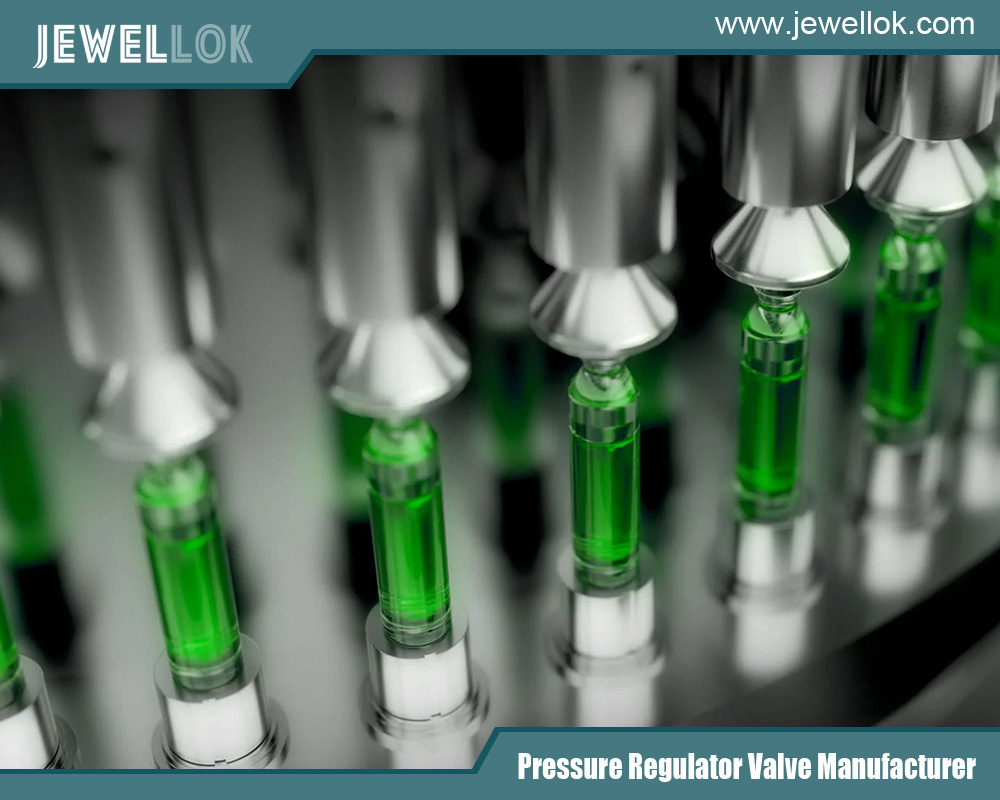
The Role of Pressure Relief and Safety Valves
Pressure relief valves and safety valves are safety devices used to protect vessels, pipelines, and other pressure-containing systems from overpressure situations that could lead to catastrophic failure. Both are designed to automatically open and release pressure once they reach a preset limit, but the conditions under which they operate and the applications they serve can vary.
- Pressure Relief Valve (PRV): A PRV is designed to open and release pressure in a controlled manner when the pressure inside a system exceeds a predetermined threshold. They are typically used for systems that operate under varying pressures. When the pressure returns to safe levels, the valve closes.
- Safety Valve (SV): A safety valve is typically used in systems where the pressure is likely to exceed a certain point rapidly. It is a more specialized valve often used in critical applications where an immediate response to overpressure is necessary. Once triggered, a safety valve opens until the system returns to safe conditions.
Working Principles of Pressure Relief Valves and Safety Valves
Both PRVs and safety valves function based on a pressure-sensing mechanism. However, they operate differently and close differently once the pressure has been reduced.
- Pressure Relief Valve:A PRV uses a spring-loaded mechanism that holds the valve in a closed position. As pressure builds up, it pushes against a spring, and when the preset pressure limit is exceeded, the valve opens. The valve remains open as long as the pressure is high and gradually closes once the pressure returns to a safe range. This gradual closure ensures a controlled release of pressure.
- Safety Valve:A safety valve’s operation is typically more rapid and forceful. When the system’s pressure exceeds a certain set point, the valve opens instantly, allowing the system to release the excess pressure. Once the pressure is relieved, the valve will typically remain open until manually reset or until the pressure is brought to safe levels.
Differences in Design
The design of both PRVs and SVs can vary depending on the application. Below are the key differences in their design features:
Pressure Relief Valve:
- Spring-loaded: Most PRVs are spring-loaded, meaning the valve closes automatically once the pressure falls below the set point.
- Gradual Pressure Release:The pressure is released slowly and gradually, preventing shock loads on the system.
- Variable Setting:PRVs often have adjustable settings that allow them to be fine-tuned for different operating conditions.
Safety Valve:
- More Extensive and Heavier Design:Safety valves are generally larger and more robust than PRVs because they must handle high-pressure situations more rapidly.
- Instantaneous Action:Safety valves are designed to open instantly to prevent overpressure from damaging equipment.
- Less Adjustable: Safety valves typically have fixed settings not meant for fine-tuning.
Applications of Pressure Relief Valves and Safety Valves
The applications of PRVs and SVs differ based on the nature of the systems they protect. Below are some typical examples of where each valve is used:
Pressure Relief Valve:
- Pipelines: Used to control and relieve pressure in pipelines carrying fluids, gases, or slurries.
- Boilers:These are used in steam boilers to prevent overpressure that could cause a dangerous explosion.
- Compressed Air Systems:Installed systems that use compressed air, such as air tanks, are designed to prevent excessive buildup.
- Chemical Processing Plants:Employed to ensure that reactors or vessels don’t exceed their pressure limits during chemical processes.
Safety Valve:
- Pressure Vessels:Safety valves are commonly used in vessels that store gas or liquids at high pressures, such as in oil and gas refineries.
- Steam Systems:Found in steam engines or turbines, safety valves help to prevent overpressurization in high-energy systems.
- Fuel Systems:Used to protect equipment that handles high-pressure fuels or gases from catastrophic failure.
Performance and Response Time
One of the critical differences between PRVs and SVs lies in their performance and response times:
Pressure Relief Valve:
- Slow Response:PRVs open gradually to release pressure, making them suitable for applications where the pressure increase is slow or moderate.
- Continuous Operation:PRVs are ideal for situations where the system pressure fluctuates, as they can open and close multiple times without damaging the system.
Safety Valve:
- Rapid Response:Safety valves are designed to respond quickly to sudden increases in pressure. Their fast action prevents pressure from building up to dangerous levels, making them critical for safety in volatile systems.
- High-Pressure Tolerance:Safety valves can handle higher pressures and larger fluid volumes than pressure relief valves.
Pressure Relief Valve vs Safety Valve: Pros and Cons
Both valves have their respective advantages and limitations. Understanding these can help industries select the most appropriate valve for their systems.
Pressure Relief Valve:
Pros:
- Adjustable for different pressure conditions.
- Suitable for systems with fluctuating pressure levels.
- Can handle gradual pressure increases.
Cons:
- Slower response compared to safety valves.
- It may not be suitable for emergencies with rapid pressure buildup.
Safety Valve:
Pros:
- Rapid response to sudden pressure spikes.
- Ideal for high-pressure systems or applications where immediate action is necessary.
- Ensures protection in critical systems where failure to open quickly could result in disaster.
Cons:
- Typically non-adjustable.
- The system requires periodic maintenance and resetting after activation.
Key Standards and Codes for Pressure Relief and Safety Valves
PRVs and safety valves are designed to meet specific industry standards to ensure they function correctly in their applications. Here are some of the critical standards and codes:
- ASME Boiler and Pressure Vessel Code (BPVC):This code outlines the requirements for pressure relief and safety valves used in steam boilers, pressure vessels, and related systems.
- API 520:This standard, issued by the American Petroleum Institute (API), provides guidelines for designing and installing pressure-relieving devices in the oil and gas industry.
- ISO 4126: The International Organization for Standardization (ISO) defines international standards for safety valves used in various industries.
- ANSI/ISA 75.01.01:This standard governs the general specifications and requirements for control valves, including pressure relief and safety valves.
Conclusion
In conclusion, while pressure relief valves and safety valves both protect systems from overpressure, they differ in design, application, and response time. Pressure relief valves offer a more gradual release of pressure, making them suitable for systems with variable pressure levels. In contrast, safety valves are designed to provide rapid pressure relief in critical, high-pressure systems.
For more about pressure relief valve vs safety valve: understanding their differences and applications, you can pay a visit to Jewellok at https://www.jewellok.com/ for more info.
Recent Posts
Tags
Recommended Products
-
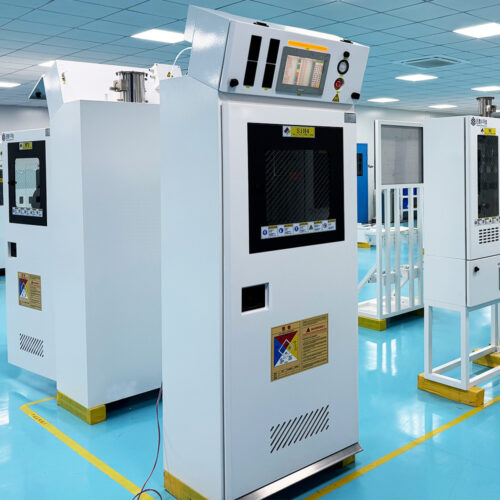
Fully Automated Gas Cabinet For Precise UHP Gas Delivery And High Purity Gas Delivery Systems JW-300-GC
-
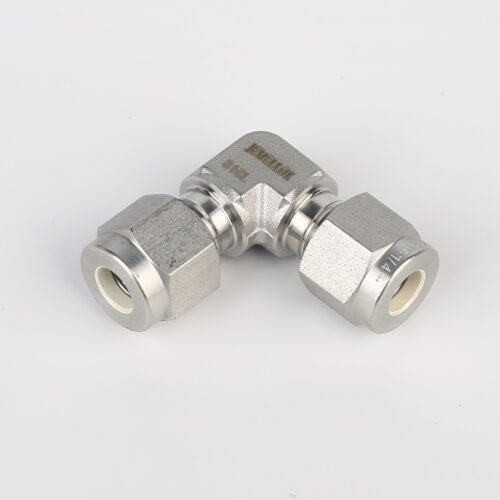
765L Stainless Steel Union Elbow Reducing High Purity Fitting Tubing Extension Tubing Connection
-
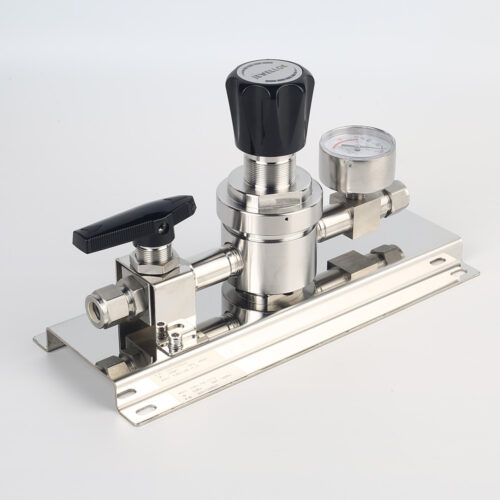
High Purity And Industria Gas Stick Assemblies Precise Pressure Control Gas Systems JSR-1ETG-BV Series
-
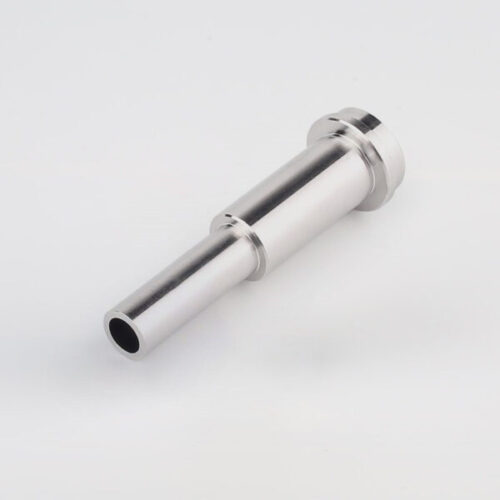
Long Gland LG Series For Ultra High Purity Gas And Chemical Delivery Systems
-
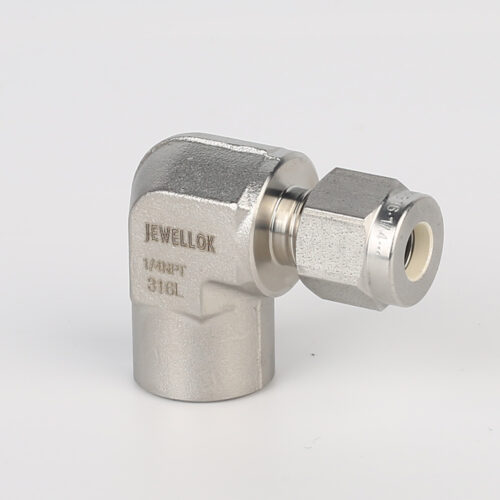
770L Female Elbow | Stainless Steel High Purity Weld Fittings Female Micro Elbow Fittings
-
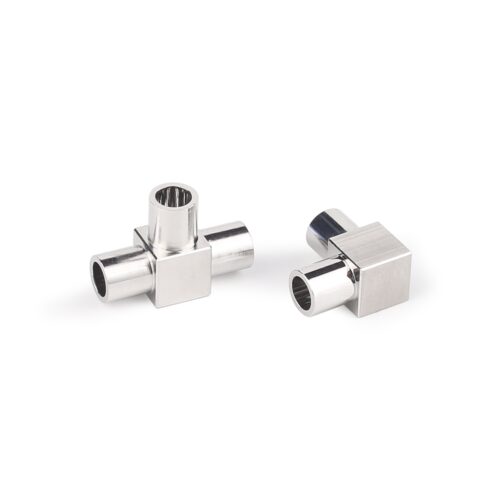
Stainless Steel Mini Elbow Mini Tee Mini Cross Mini Tribow Ultrahigh Purity Mini Butt Weld Fittings
-
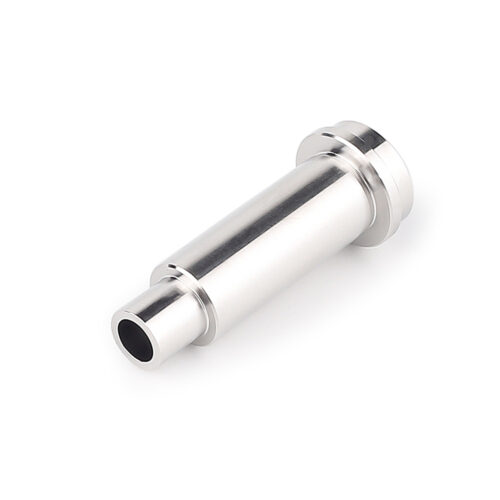
UHP Metal Gasket Face Seal Fittings Vacuum Coupling Metal Face Seal Join Long Gland And Short Gland
-
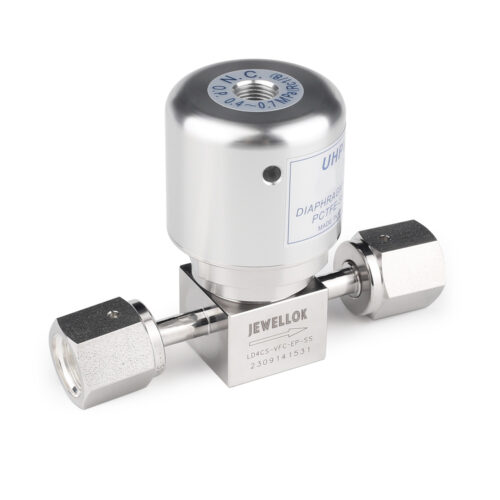
Stainless Steel Low Pressure Seal Pneumatic Diaphragm Control Valve For For HP & UHP Gases
